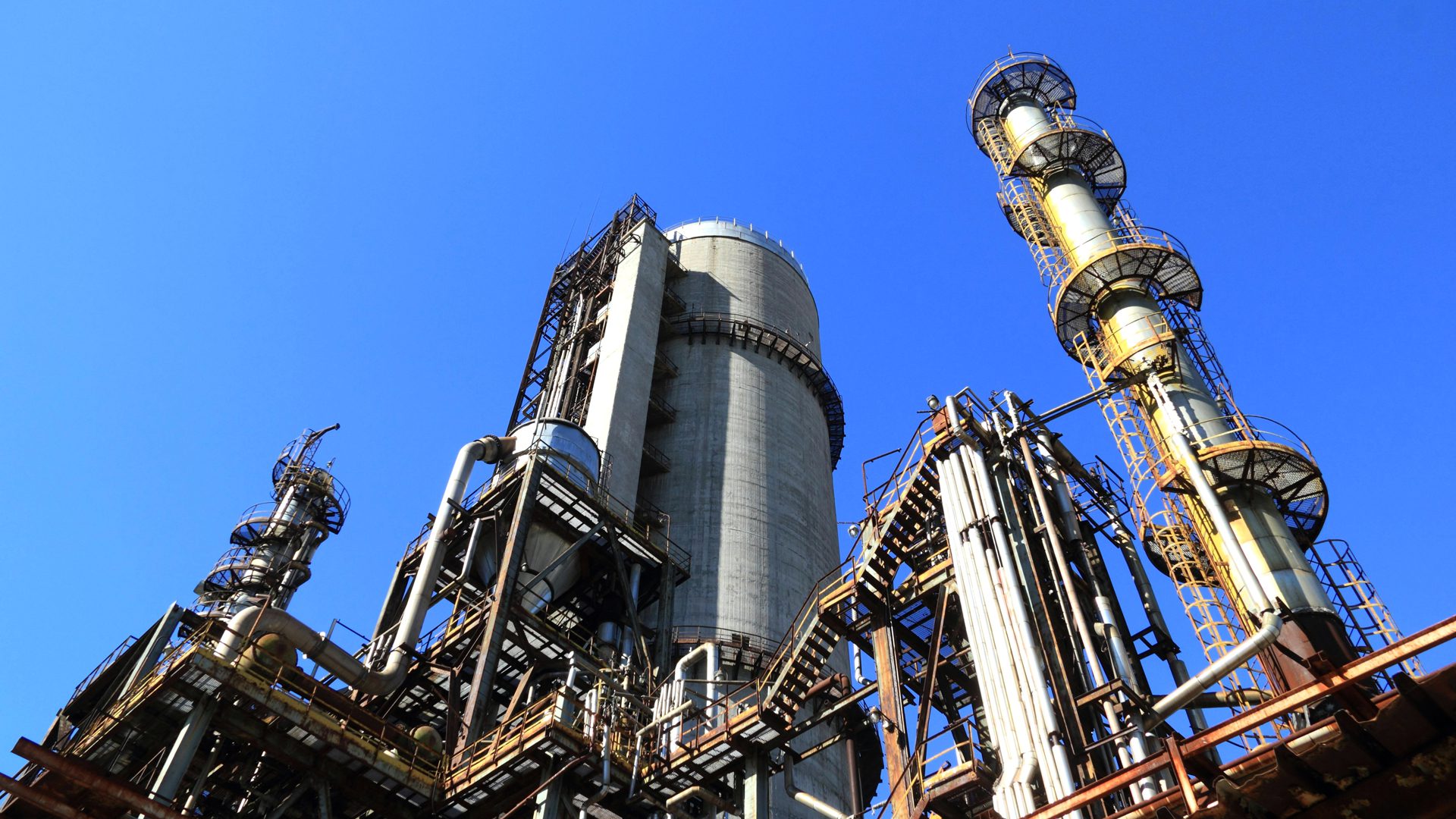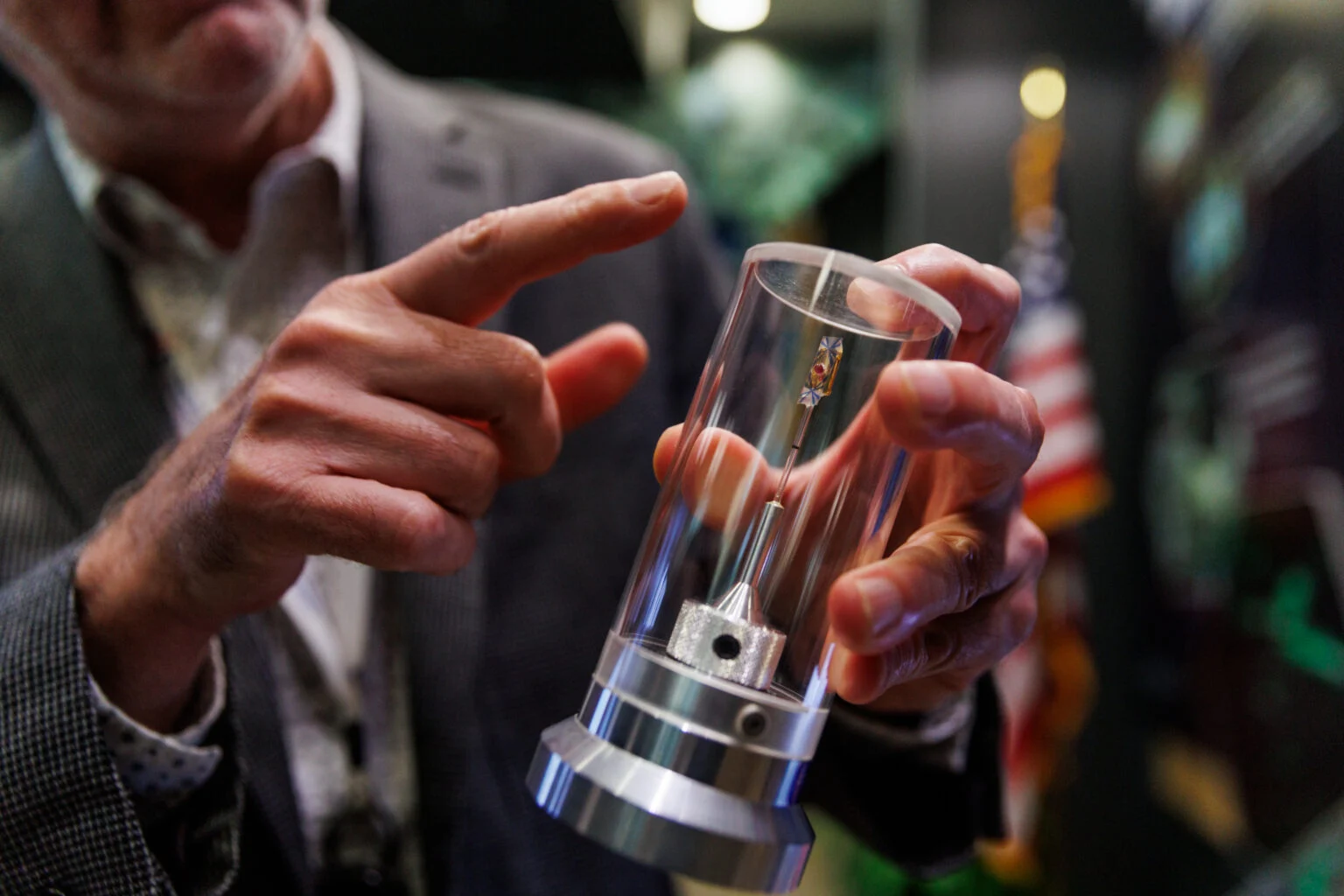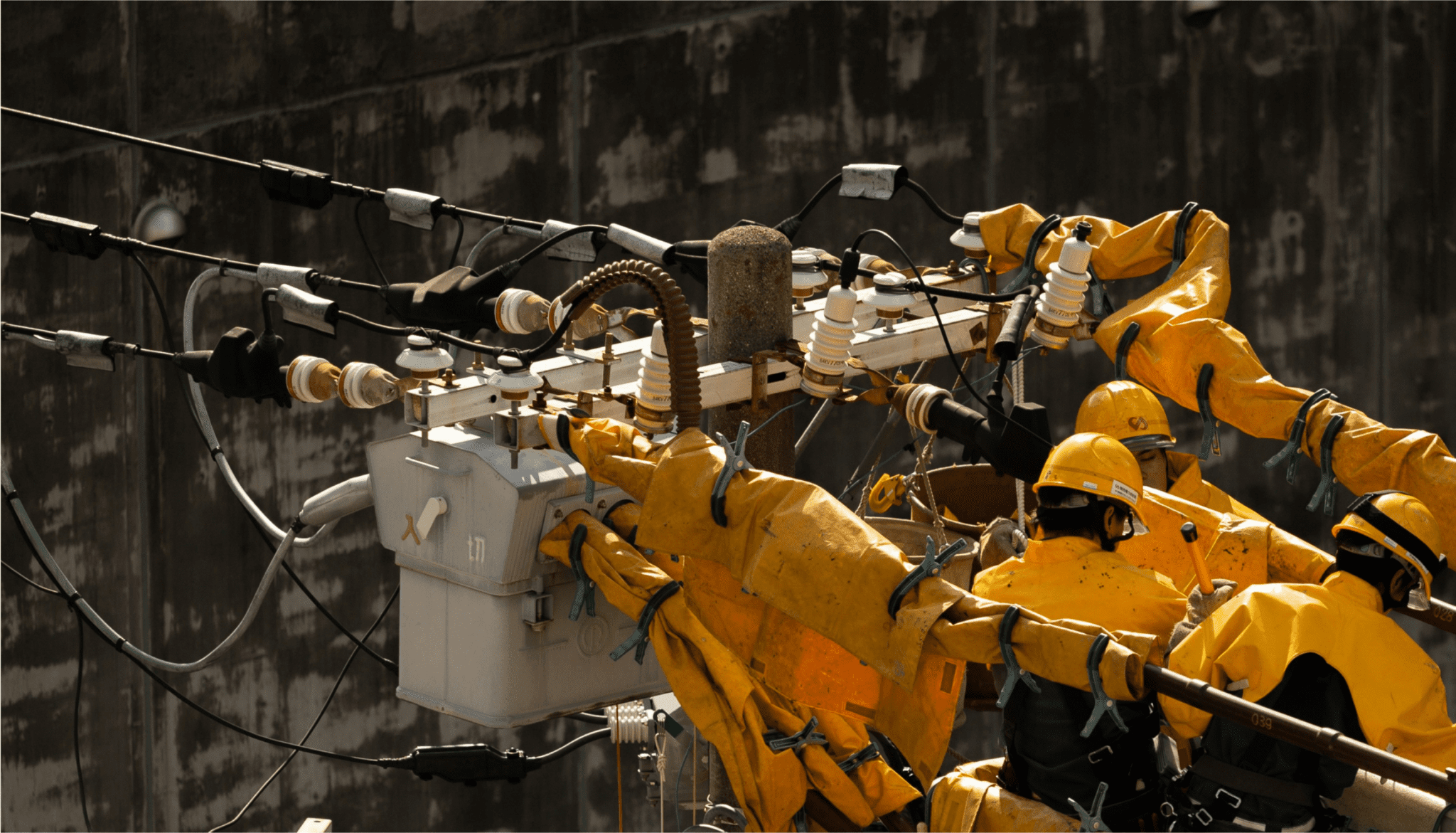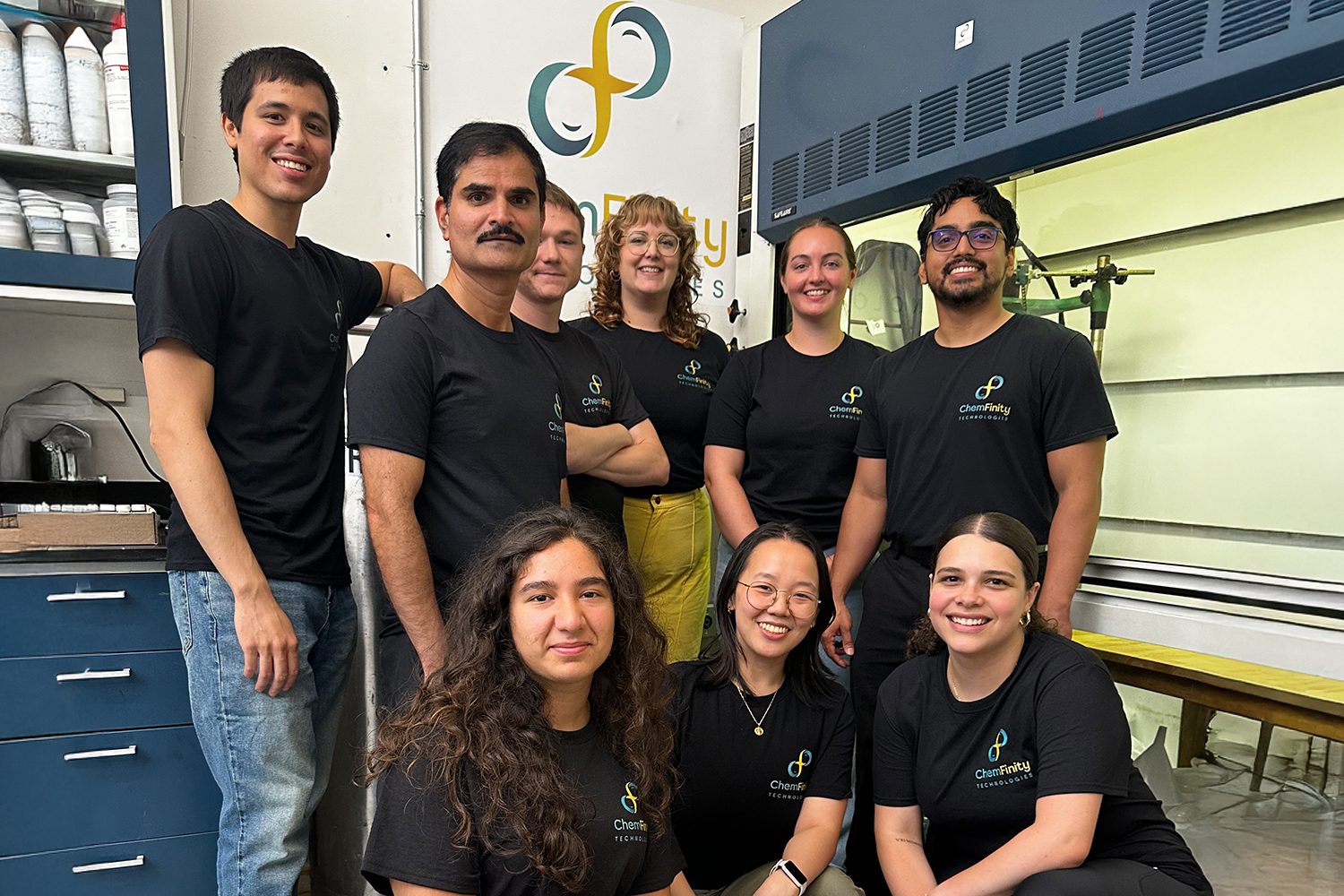“Public funding is needed to prioritize and scale the uses of hydrogen that will have the most climate impact.”
The recent announcement of the Department of Energy’s (DOE) regional clean hydrogen hubs marks a watershed moment for American clean energy leadership. These seven hubs represent clear momentum towards realizing the vision for a robust clean hydrogen industry in the US and serve as an inspiring example of the federal government taking a bold and unprecedented step towards meeting our climate goals and investing in new domestic industries. We congratulate the Biden Administration and DOE for this achievement.
In addition to the climate momentum signaled by this announcement, it’s important to remember all that’s come from the hydrogen hubs program thus far. The level of collaboration fostered among the private sector, government at all levels, academia, and public interest groups in turning these hubs from idea to reality has been remarkable. This level of broad cooperation epitomizes the kind of unified approach a swift, clean energy transition demands.
Moreover, the announcement revealed very positive aspects in the initial designs of each hub. For example, every hub will produce at least some hydrogen from renewable energy through electrolysis – a promising but still nascent and costly method of producing zero carbon hydrogen that is expected to be pivotal in achieving economy-wide decarbonization in the coming decades. Several hubs will use clean hydrogen to curtail emissions in transportation and industrial sectors, two areas where clean hydrogen has enormous potential to address some of the toughest emissions challenges. Uses within these sectors, where electrification is not possible, are where clean hydrogen is most needed. And every hub is working with local communities to ensure that clean hydrogen projects benefit the communities where they are built.
What Comes Next?
While the selected projects exude promise, it is clear further work is needed to ensure the hubs align with an overarching net-zero vision. While Congress intended the hubs cover a diverse range of regions and economies, this approach alone may not ensure hydrogen's production, transport, storage, and usage maximizes its climate impact.
Thankfully, DOE’s process for shaping the hubs going forward is built to ensure communities and advocates can provide substantial and unprecedented levels of input to meet shared goals. Over the coming months, it will be critical to keep an eye on:
- What happens during negotiations: the hubs announced today are not final. Instead, they’ve been selected to negotiate with DOE over the next few months, to make sure that communities are heard, and hub plans are impactful and achievable. This is a key moment to ensure hubs are responsive to the needs and economic interests of their host communities. Over the next 3-6 months, hubs have the opportunity to adjust their vision, and this will set the stage for the hubs to enter the first formal phase of their work and hit the ground running once decisions are finalized.
- What vision the hubs paint for our clean hydrogen future: the hubs, their stakeholders, and the DOE will continue to navigate an uncertain supply and demand paradox as they move forward. Should hubs prioritize uses that are commercially feasible now or invest DOE’s funds in more nascent, transformative uses of clean hydrogen? Breakthrough Energy believes that public funding should help hubs prioritize uses that are scalable and will have the most climate impact. Both the $7 billion of hubs funding and complementary DOE initiatives, like the $1 billion program supporting hub end-users in adopting clean hydrogen, and efforts to foster consortiums to standardize hub operations, are vital in catalyzing emerging clean hydrogen markets.
The hydrogen hubs are a testament to what can be achieved when policy meets innovation. But this is just the starting line. We must remain unwavering in our commitment to policy evolution, infrastructure development, community involvement, and relentless innovation if we hope to unlock the full decarbonization potential of clean hydrogen.







